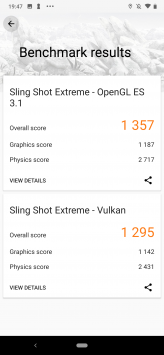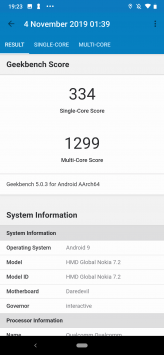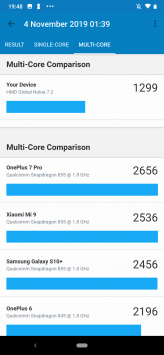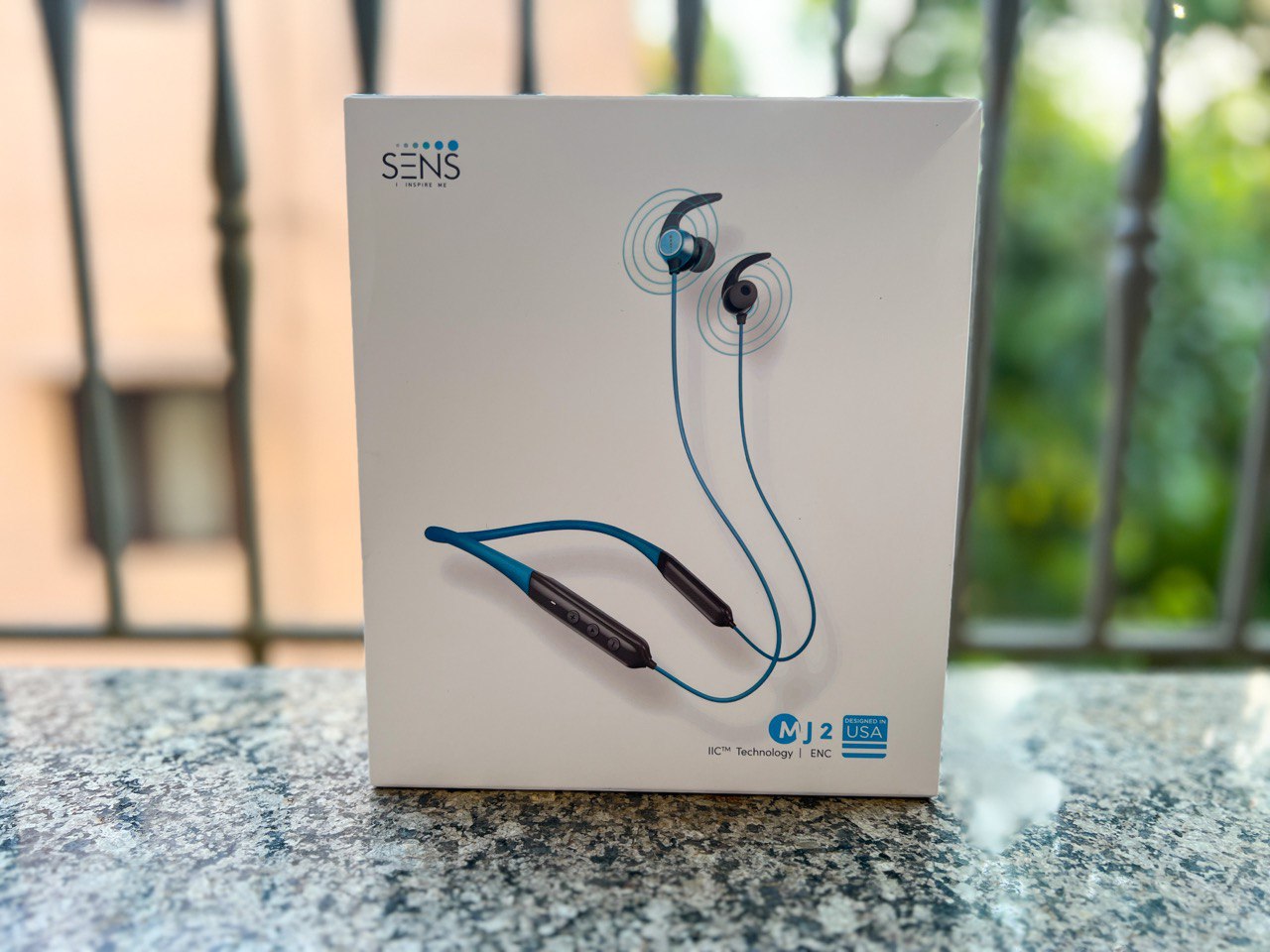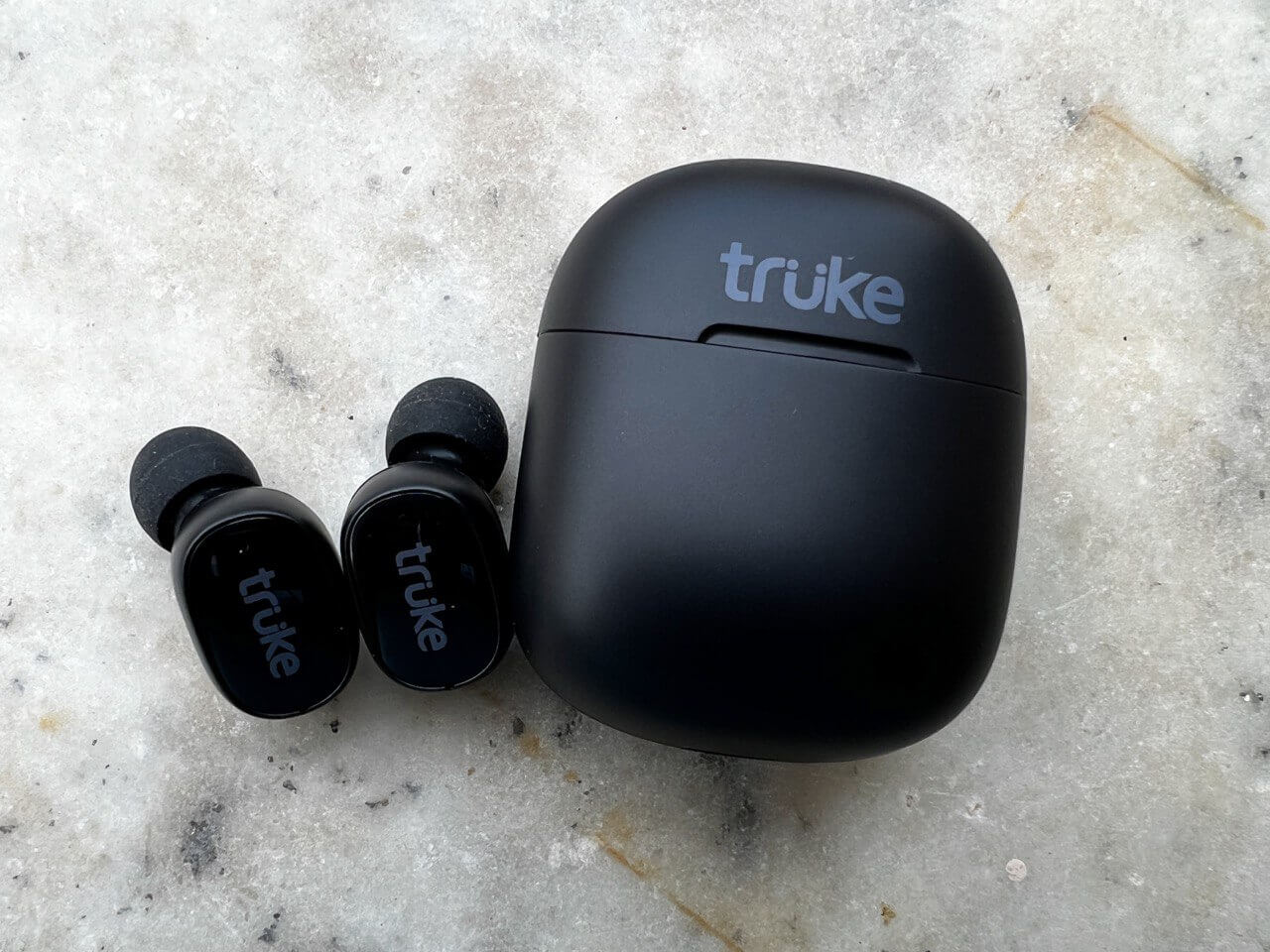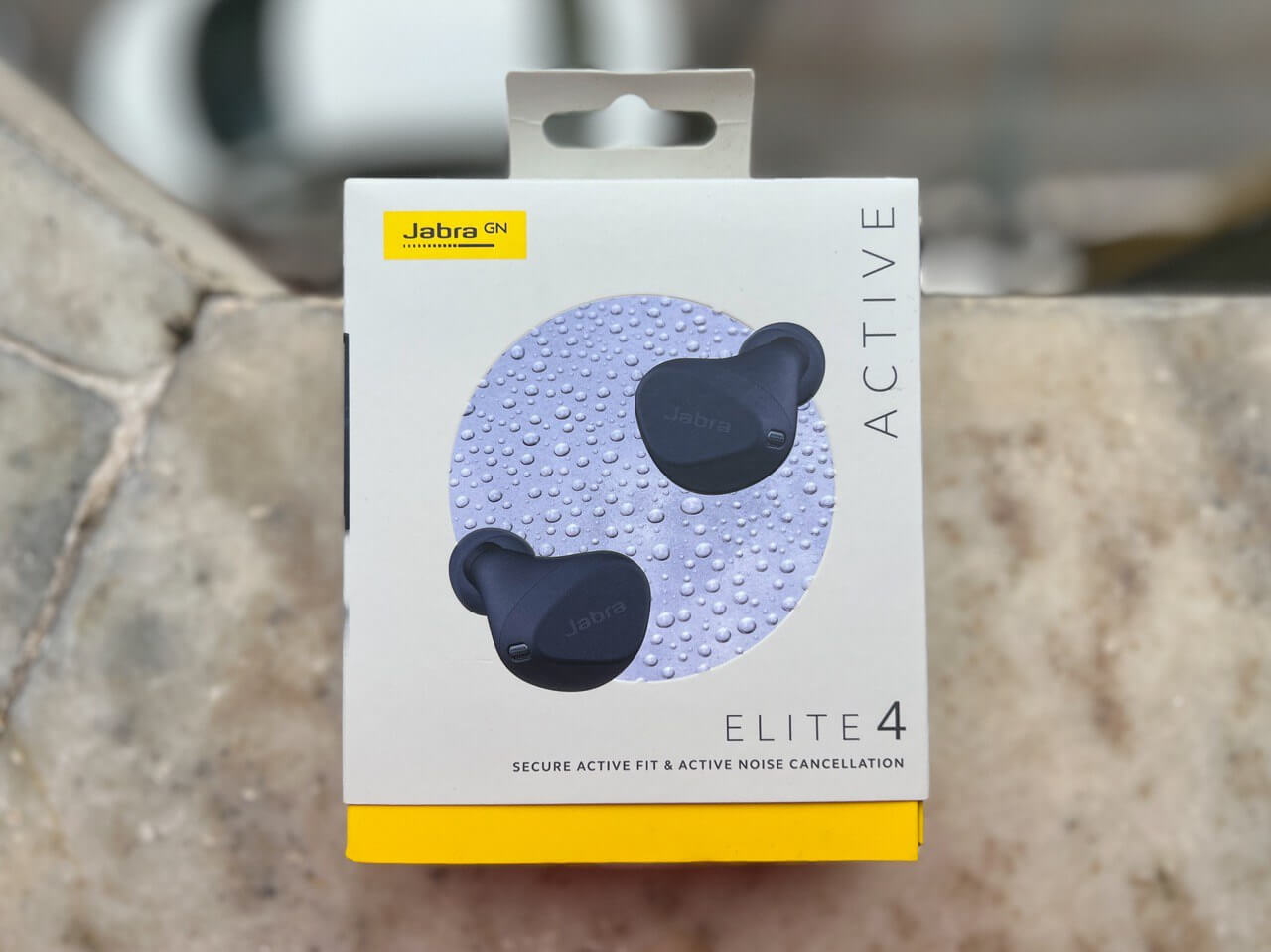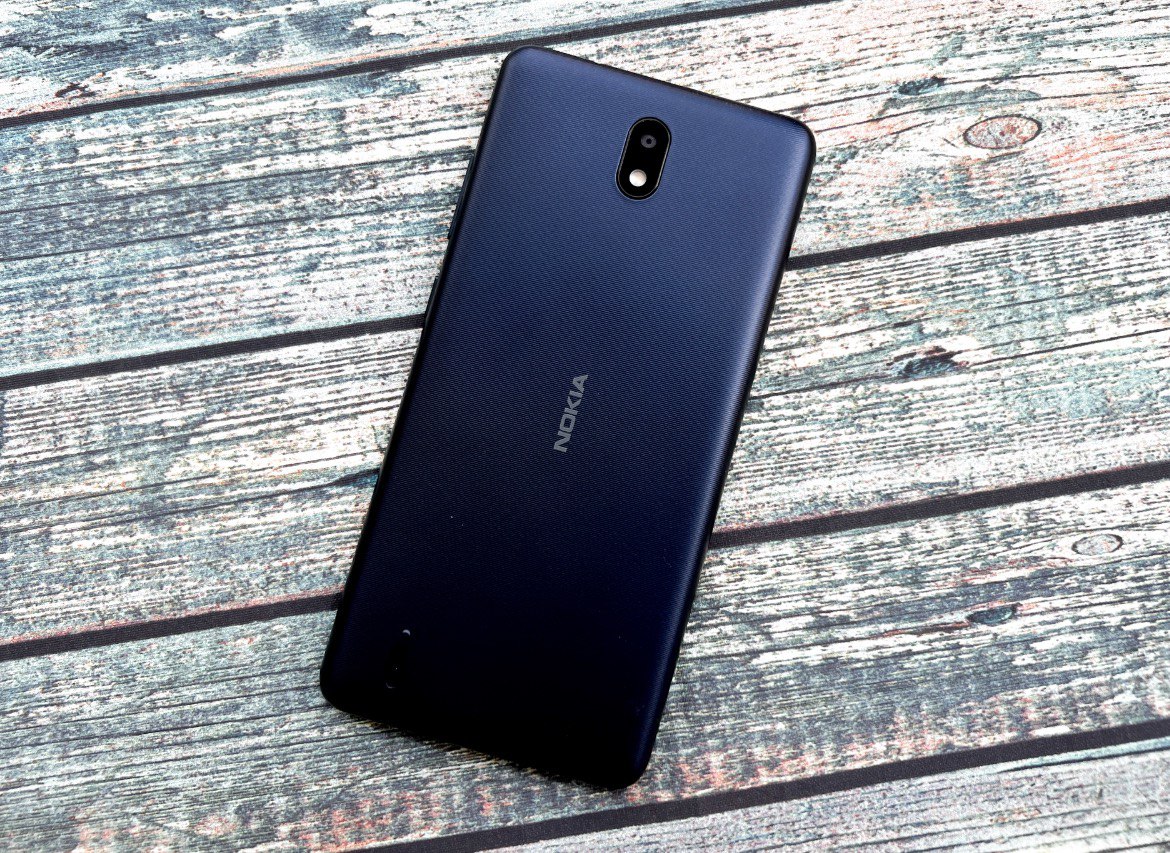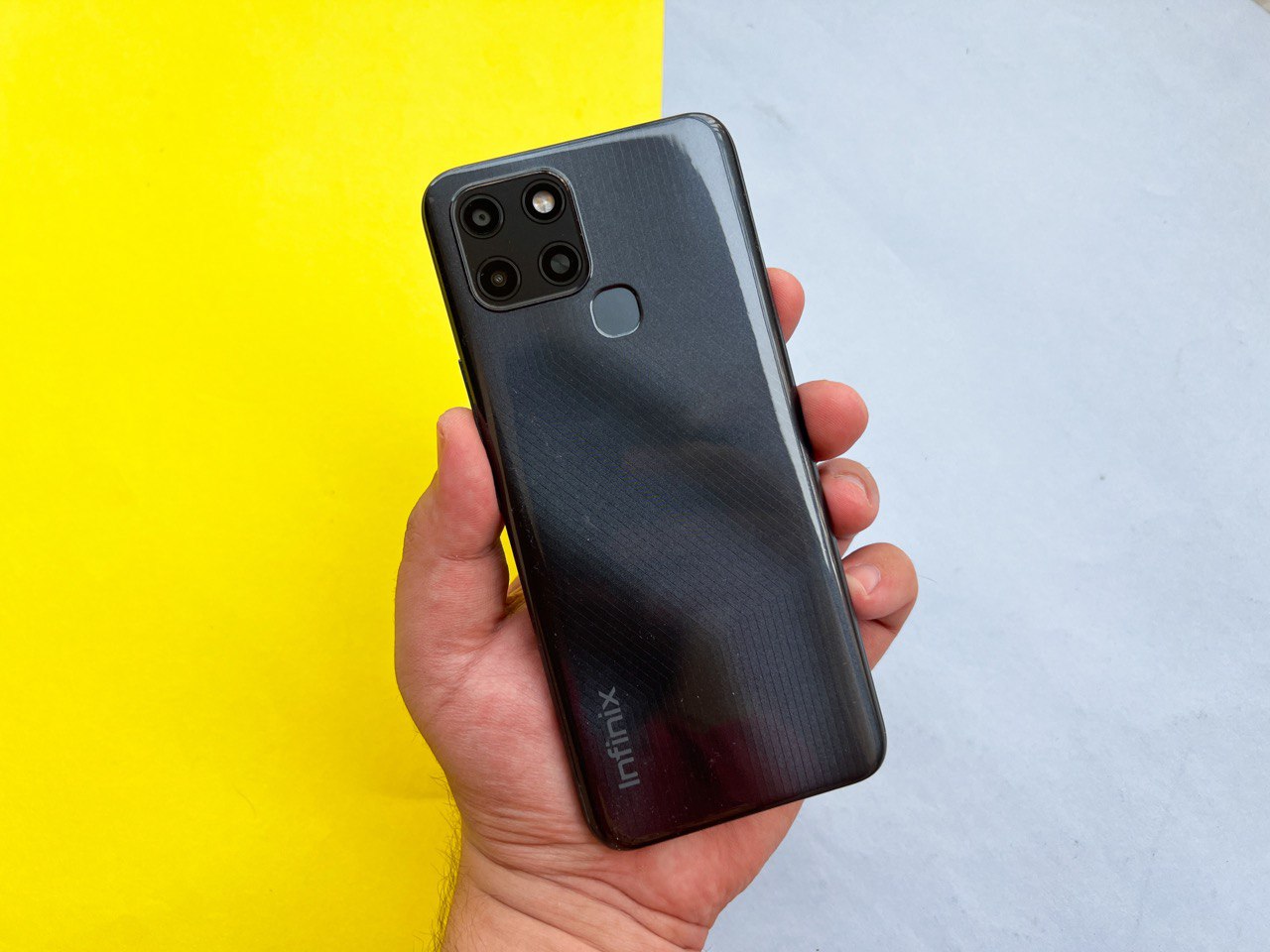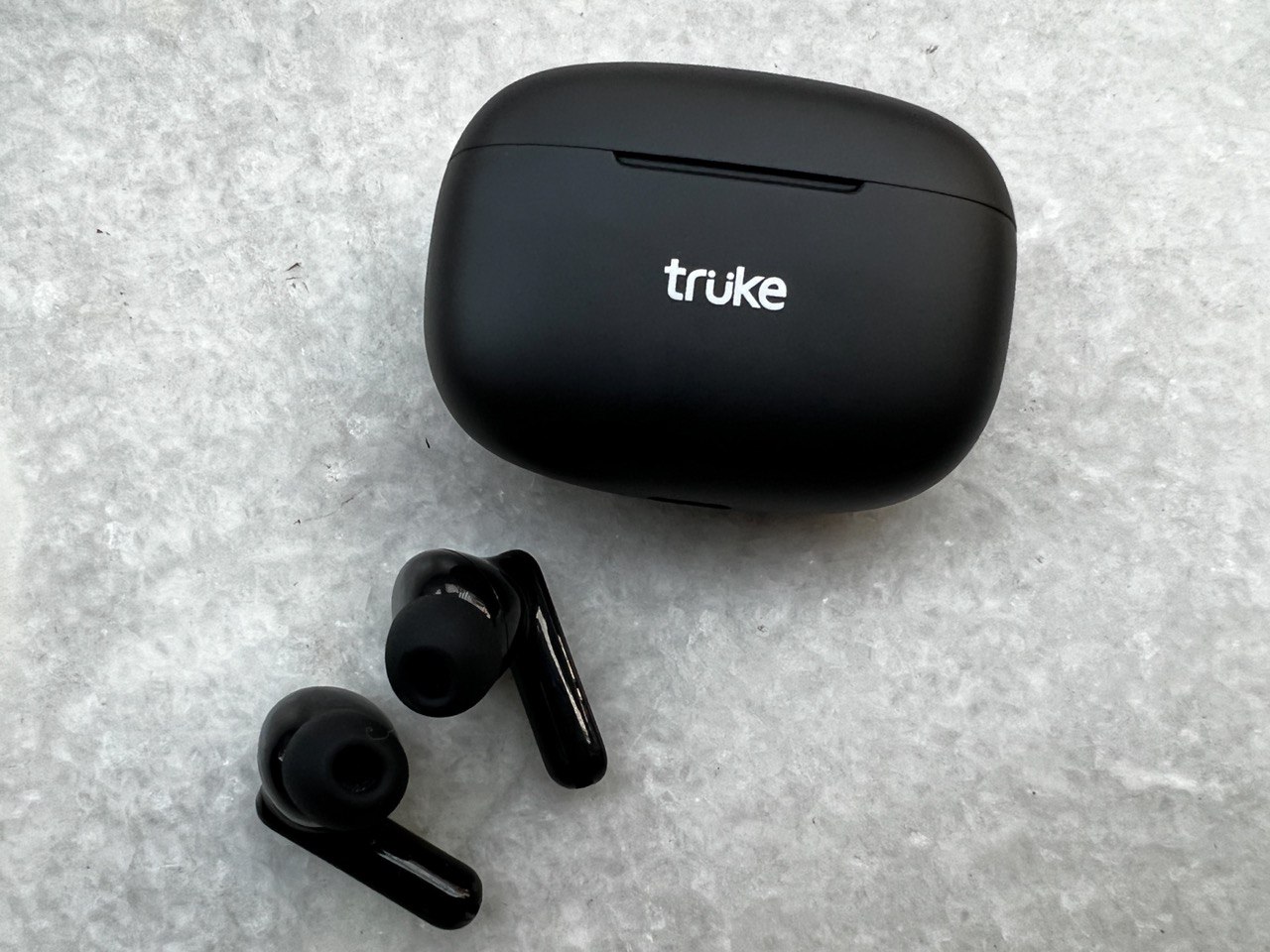

Nokia unveiled its list of phones in IFA 2019 with many interesting devices like the Nokia 2720 flip phone etc. Among those devices is the Nokia 7.2 which is an interesting successor to the Nokia 7.1 which was released last year. With upgrades in all the aspects when compared to the Nokia 7.1, what are the things that are new in Nokia 7.2? And are they good enough to hold up against the competitors in its price segment? Read our Nokia 7.2 Review below.
Design and Display: Nokia 7.2 Review
On the design side, the Nokia 7.2 gets a new refreshing matte glass design on the back that looks really neat. As you hold the device, it fits right in with the grip being comfortable too. On the front, you have a large 6.3-inch display that comes with a waterdrop notch, minimal bezels, and curves into the frame with a chin that has Nokia’s branding on it. To add to the grip, the sides are also given a matte finish made of tough plastic polymer.
On the right panel, the power button and the volume rockers are placed comfortably and the power button also comes with an LED notification light built into it which doesn’t get too bright to distract when attention is not needed. On the left side, we have the SIM card tray which comes with a dedicated MicroSD card slot along with dual SIM slots and a dedicated Google Assistant which can’t be customized to trigger something else. On the bottom, we have the USB Type-C port along with the speaker grill whereas the 3.5mm headphone jack is placed on the top.
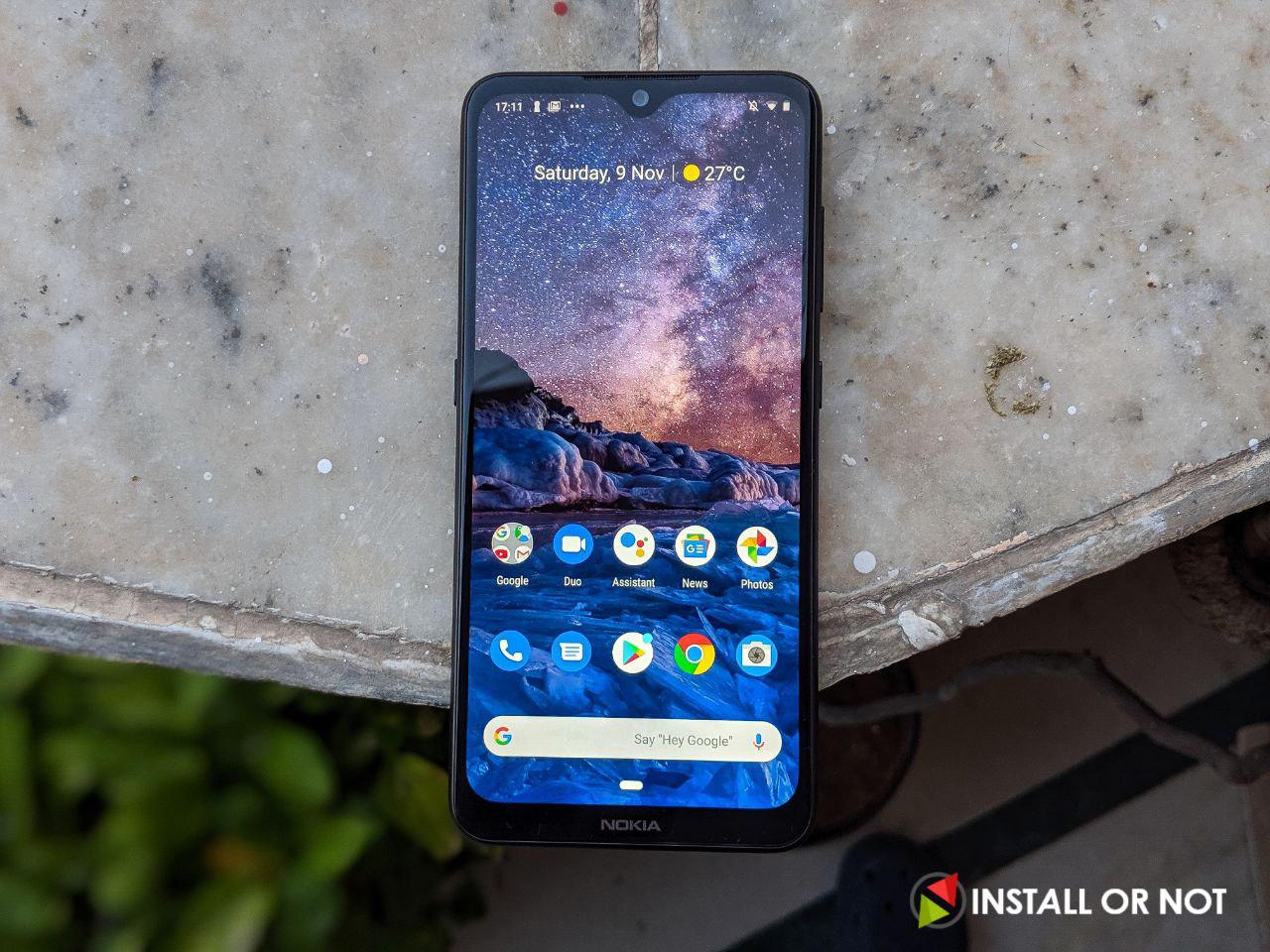

On the rear, we have the circular camera module which houses a triple-lens camera setup along with an LED flash symmetrically. Just below the cameras is the fingerprint sensor placed in the right place where your finger would usually land as soon as you hold the phone and the Nokia branding just below that. The matte glass texture really looks great at the back and has a good grip and tactile feel to it.
Coming to the display, the Nokia 7.2 sports a 6.3-inch FHD+ HDR display which comes with 10-certification and Gorilla Glass 3 protection on the top. With a peak brightness level of up to 500 nits and a 1:1500 contrast ratio, it is one of the best-looking displays in this price segment. It is also capable of upscaling any SDR content into HDR in real-time, with the colors being accurately well balanced and the viewing angles are also great. With the Widevine L1 DRM certification too, you can stream HDR content in Amazon Prime video but is yet to comes to Netflix and YouTube.
Software and Performance
In the software section, Nokia 7.2 comes with stock Android Pie 9.0 out of the box and with September’s Android security patch. Just as expected, the software is neat and clean without any bloatware, pre-installed apps, or any unnecessary customization options. With native Android Pie features like Digital Wellbeing, Adaptive brightness, and adaptive battery, Nokia 7.2 excels pretty much. Other than that, if you are someone accustomed to customization options like those offered on OxygenOS, you’d be a bit disappointed
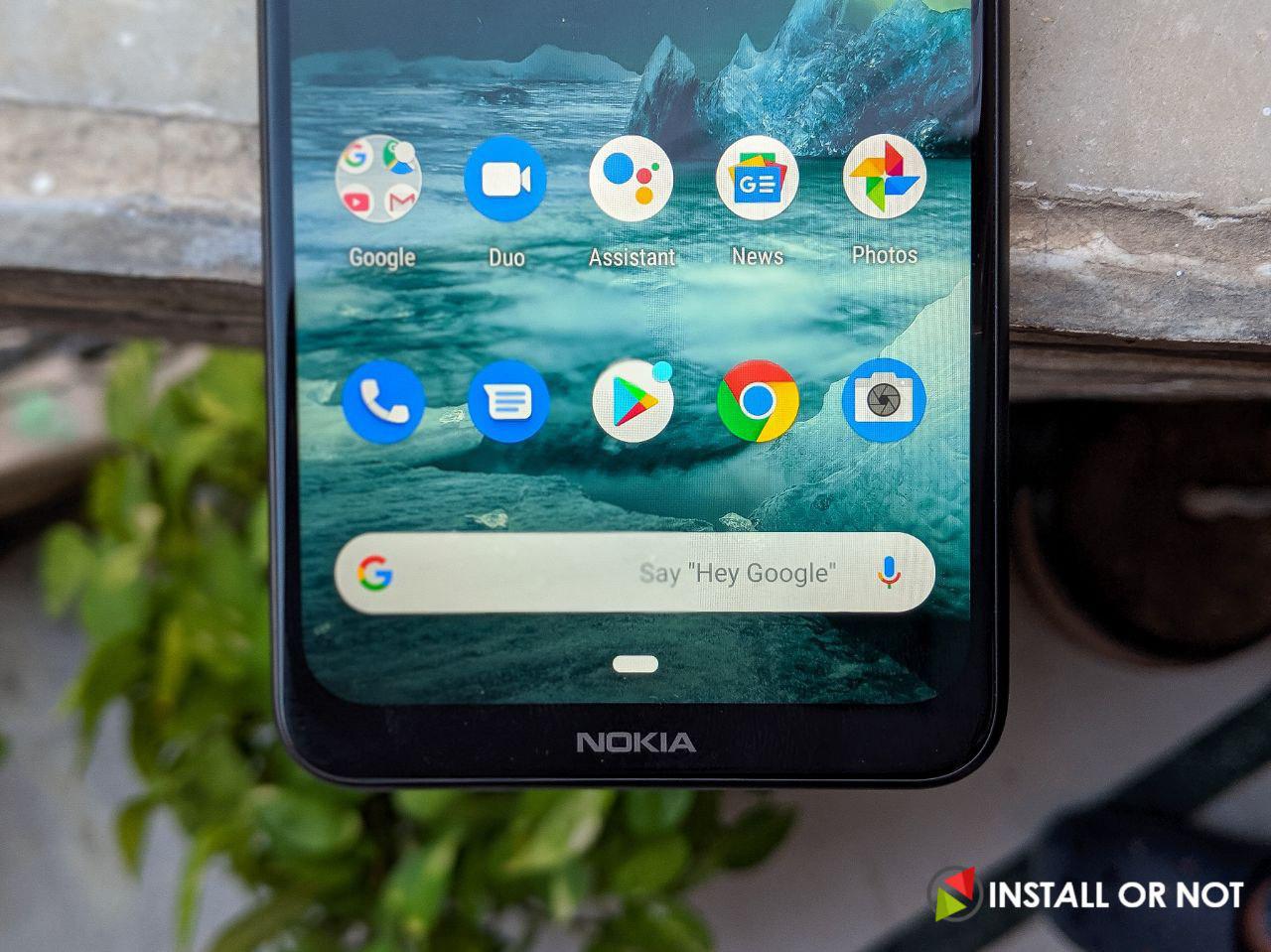

Coming to the performance, Nokia 7.2 is powered by the Qualcomm Snapdragon 660 SoC which can handle all the day-to-day tasks pretty easily. In our tests, the device did not struggle while multi-tasking and heavy browsing. However, as it may suggest, you can not expect great quality gaming when playing some heavy games like PUBG and Asphalt 9. We tried playing PUBG and Call of Duty Mobile and they did pretty well in medium graphic settings but the frame drops were noticeable.
Cameras: Nokia 7.2 Review
Nokia 7.2 features a triple-lens rear camera setup with the primary lens being a 48MP shooter along with an 8MP ultra-wide-angle lens and a 5MP depth sensor. With the Zeiss optics, the photos were taken with the primary 48MP sensor camera out pretty good when taken under good lighting conditions. In broad daylight, the camera did a good job with the HDR but struggled with colors leaving them a bit oversaturated. This issue is mostly because of the 12MP pixel-binned shots taken with the primary lens.
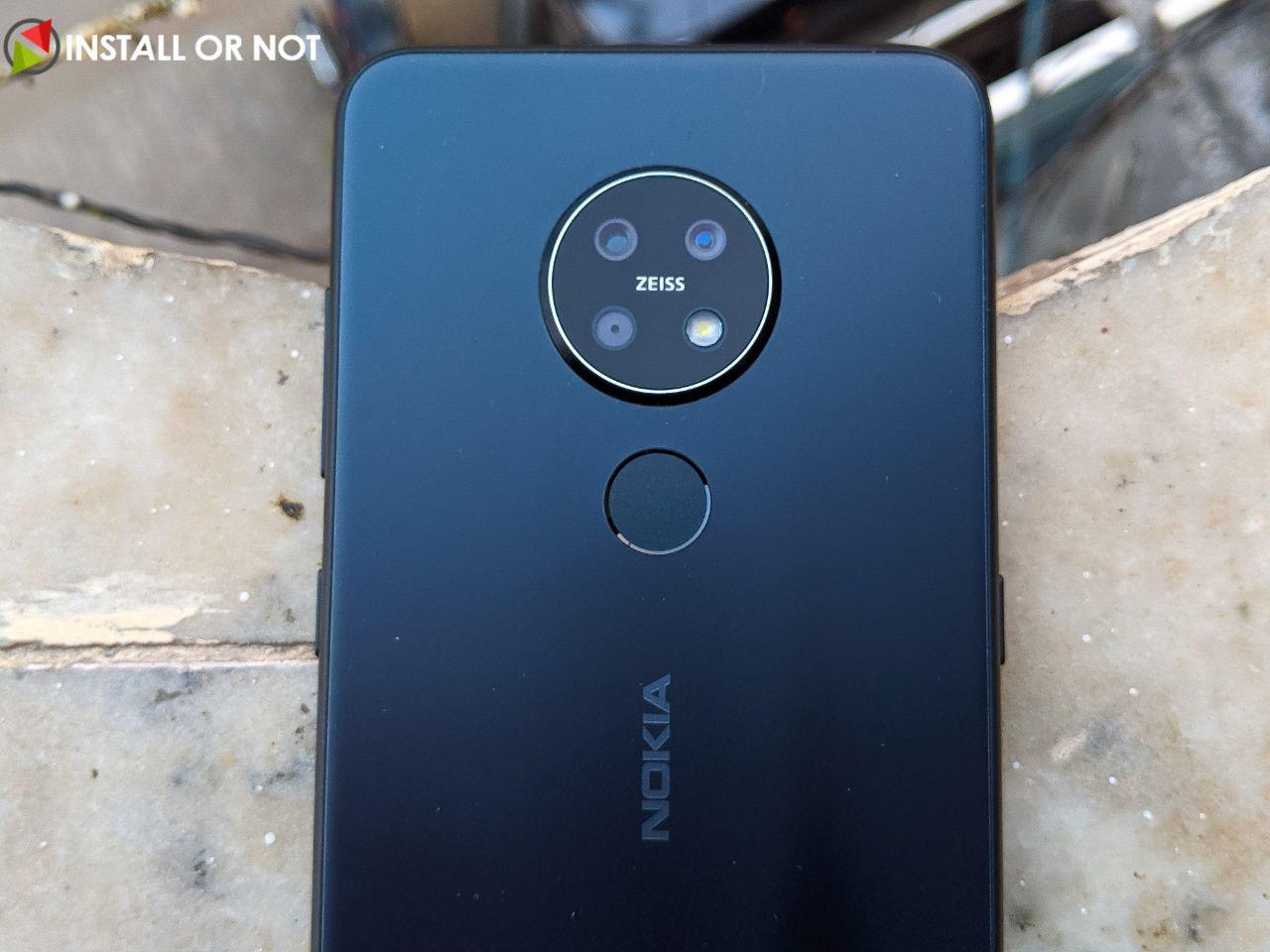

The photos taken in lowlight were a bit disappointing because there was a lack of details with noise. Even the night mode given in the stock camera did not help much to better the photos. Coming to portrait mode, the photos came out good enough in good light conditions but they did come out oversaturated. Also, edge detection is a bit shaggy and does not detect well to provide good outputs. Macro photography came out pretty good considering how good the amount of contrast and details were.
The wide-angle camera too did produce good sharp images with a good amount of details, contrast, and dynamic range, but the loss of details when zoomed in occurs. Also, there was a difference in color tones in pictures taken in the a-wide-angle lens and primary lens. Coming to the 20MP selfie camera, the selfies came out sharp with the skin tone being enhanced a bit to the beauty side. You can check the camera samples for yourself below.
Battery and Miscellaneous
The Nokia 7.2 features a 3500 mAh battery which can get you through a day easily. In our daily testing which included some browsing, social media, minimal gaming, and video streaming, the device still had some juice left after the whole day. With the 10W charger included in the box, the phone takes about 90 min to fully charge.
It comes with connectivity options that include 4G LTE, Bluetooth 5, Wi-Fi 802.11b/g/n/ac, and GPS/AGPS. Apart from these, it comes with additional Qualcomm aptX codec for high-quality audio when connected via Bluetooth.
Verdict: Nokia 7.2 Review
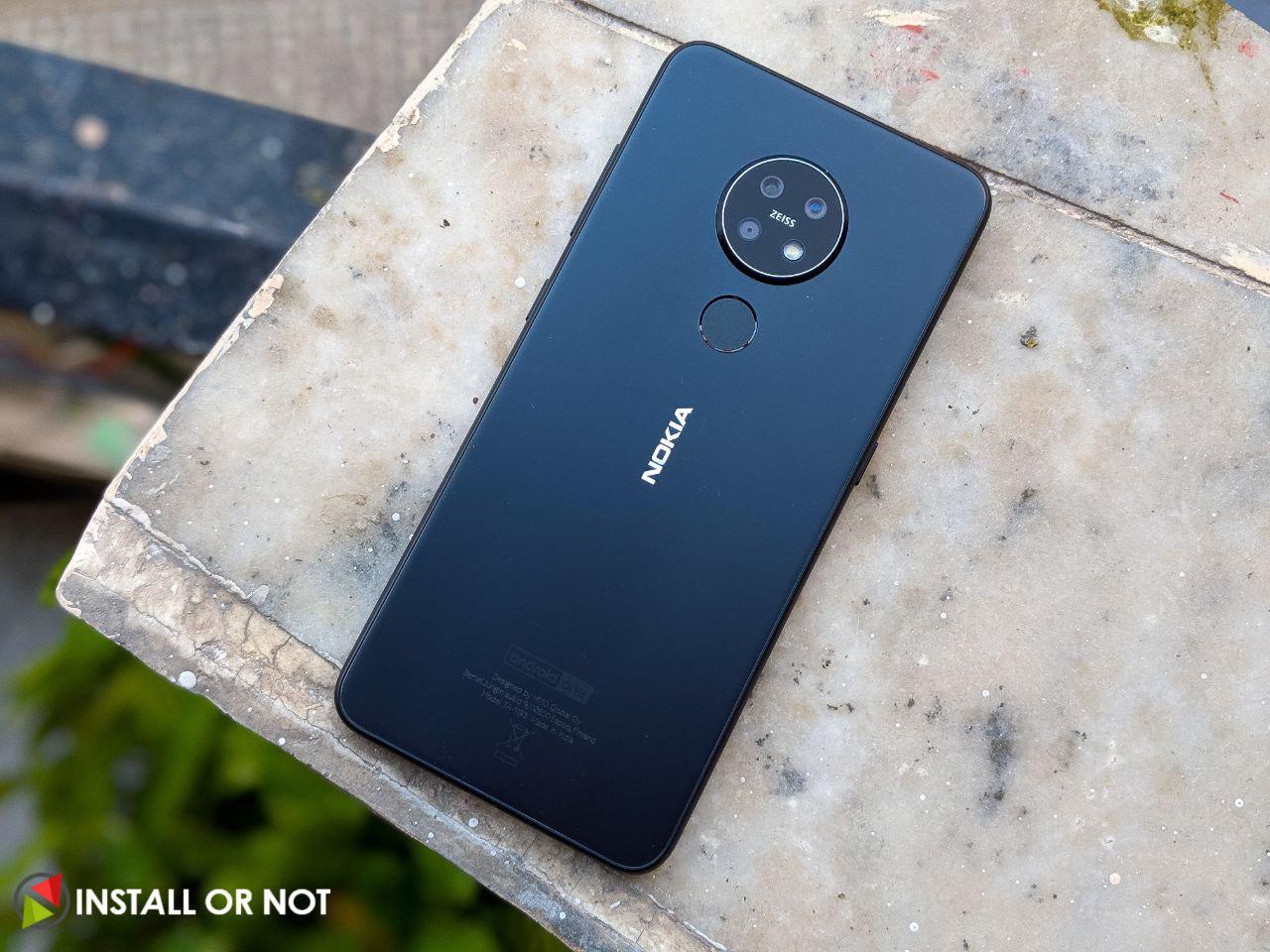

Considering what the phone offers for the price starting at Rs. 18,599, the Nokia 7.2 can be the best upgrade if you are upgrading from Nokia 7.1 and have no complaints about it. The only worthy thing you can look out for if you are planning on buying this device is the display. Other than that, there are other competitor devices from Xiaomi, Realme, Asus, and more which offer more than what this device does at this price segment.
Pros:
- Strong main cameras
- Pleasing design
- Smooth performance
- Clean build of Android
Cons:
- Wide-angle camera is a let-down
- Slow charging
- Unimpressive HDR
- Too expensive compared to the competition

